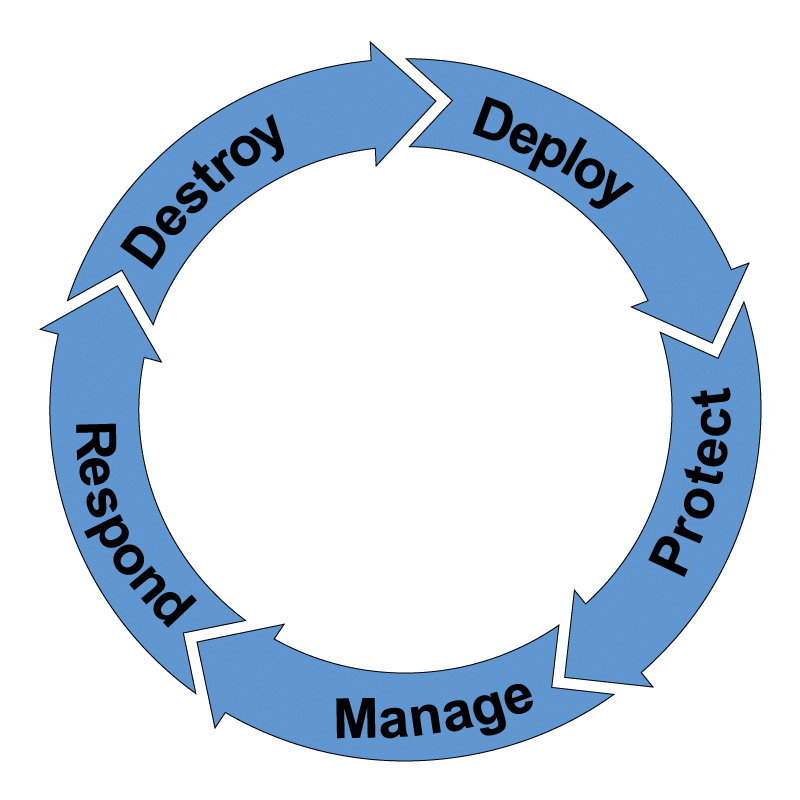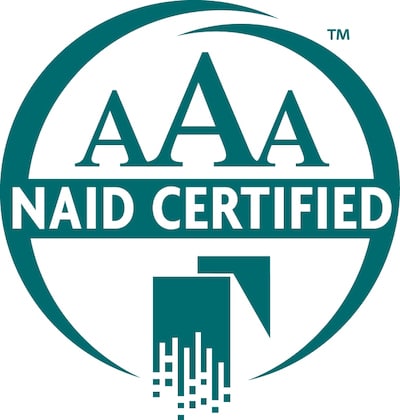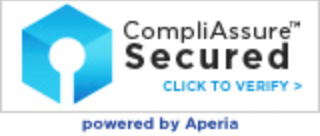Securing Your Business: Succession Planning & Cybersecurity Preparedness
 Employee and leadership turnover is a reality for every business, but for small and medium-sized businesses (SMBs), the impact can feel especially daunting. Beyond the immediate operational and cultural disruptions, turnover can leave significant gaps in security protocols—gaps that cybercriminals are eager to exploit. According to the Fortinet Cybersecurity Skills Gap Report, 54% of organizations struggle to retain cybersecurity talent. This makes robust succession planning not just a best practice but a business imperative. Here’s why SMBs must take action and how they can address potential vulnerabilities.
Employee and leadership turnover is a reality for every business, but for small and medium-sized businesses (SMBs), the impact can feel especially daunting. Beyond the immediate operational and cultural disruptions, turnover can leave significant gaps in security protocols—gaps that cybercriminals are eager to exploit. According to the Fortinet Cybersecurity Skills Gap Report, 54% of organizations struggle to retain cybersecurity talent. This makes robust succession planning not just a best practice but a business imperative. Here’s why SMBs must take action and how they can address potential vulnerabilities.
Institutional Knowledge Lost & Security Gaps in Offboarding
When an employee or leader leaves, most companies know to recover corporate devices like phones, laptops, and tablets. However, a significant blind spot exists in addressing the potential risks associated with personal devices—especially in a world where remote and hybrid work have become the norm.
Even occasional use of personal devices for work purposes can create a trail of sensitive data that lingers long after an employee has departed. For example:
- Email Access: Personal phones and tablets often remain logged into company email accounts or cloud-based collaboration tools.
- File Transfers: Employees may have downloaded sensitive files onto personal computers or external storage drives.
- Shadow IT: Employees may have used unauthorized apps or services to streamline their tasks, inadvertently creating vulnerabilities.
If these devices are not properly accounted for and secured during the offboarding process, the risk of a data breach skyrockets. A comprehensive offboarding checklist must go beyond corporate assets to include a review of personal device access and data handling practices.
Leadership Turnover: A Critical Security Concern
Leadership turnover amplifies the stakes, especially when high-level executives or IT/security leaders are involved. These individuals often have access to the most sensitive information within the organization—from strategic plans to confidential client data and proprietary technologies. Without a clear succession plan, the departure of a key leader can create:
- Knowledge Silos: Critical security protocols and system configurations may reside in the mind of a single individual.
- Access Oversights: Leadership roles typically involve broader access to company systems, making it essential to promptly revoke credentials and privileges.
- Strategic Gaps: The loss of a security-focused leader can delay responses to emerging threats or leave the organization exposed to vulnerabilities.
The Role of Succession Planning in Security
Succession planning is often viewed as a tool for ensuring business continuity, but its role in security cannot be overstated. A strong security-focused succession plan should address:
- Identification of Critical Roles: Determine which positions—beyond IT—have a significant impact on security, such as HR, finance, or executive leadership.
- Documentation of Processes: Maintain up-to-date documentation of all security protocols, vendor relationships, and access credentials.
- Cross-Training Employees: Ensure that critical knowledge is shared among team members to avoid reliance on a single individual.
- Partnering with Experts: Collaborate with a trusted security partner to create a seamless transition during turnover events and to provide ongoing support.
The Importance of Security in New Hires
Security is not just a concern when employees leave; it’s also critical during onboarding. Every new hire represents both an opportunity and a risk. To mitigate potential vulnerabilities, SMBs should:
- Conduct Comprehensive Background Checks: Especially for leadership and IT/security roles, ensure candidates have a clean record and no history of malicious activity.
- Implement Security Training: All employees should undergo regular security awareness training to understand their role in protecting company data.
- Adopt Zero-Trust Principles: Restrict access to sensitive information based on job function and continuously monitor for unusual activity.
Working with a Security Partner
SMBs often lack the resources to build and maintain comprehensive succession and security plans on their own. This is where partnering with a security expert becomes invaluable. A trusted partner can:
- Conduct a thorough risk assessment to identify gaps in your current processes.
- Provide guidance on creating a succession plan that prioritizes security.
- Offer solutions for secure offboarding and onboarding practices.
- Deliver ongoing monitoring and support to adapt to evolving threats.
Reclamere, with an average team tenure of 8.5 years, understands the value of long-term relationships and institutional knowledge. By addressing turnover and security challenges comprehensively, you can ensure your business is equipped to weather leadership changes without compromising its future. With a proactive approach to succession planning, SMBs can protect their business, their data, and their teams.
Turnover doesn’t have to mean vulnerability. By leveraging expert partnerships and forward-thinking strategies, your organization can stay resilient in an ever-changing landscape. The time to act is now—ensure your succession plan is a cornerstone of your security strategy today. Let’s connect!








